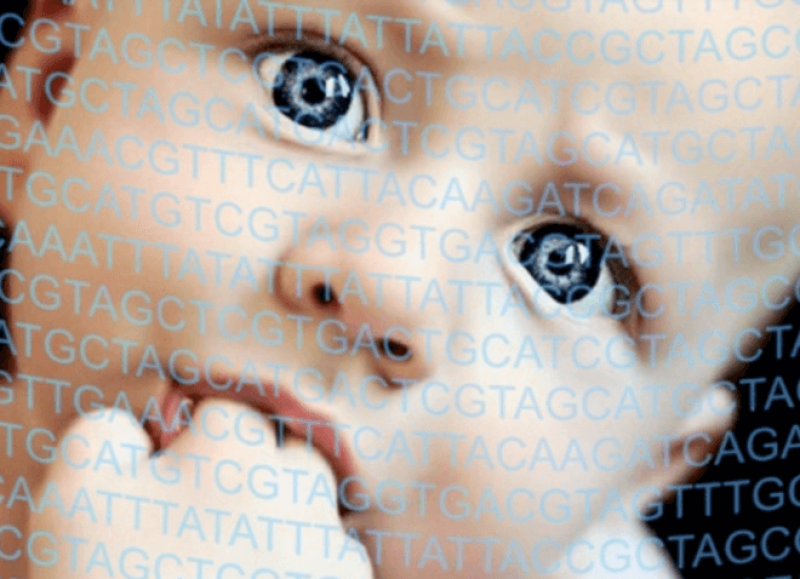The GLP aggregated and excerpted this blog/article to reflect the diversity of news, opinion and analysis.
There’s a questionable notion floating around out there in the numerous discussions over heritable human genetic modification.
This idea goes that if germline human gene editing goes awry for any number of reasons, scientists could simply reverse it by applying genetics again.
The reversal notion does not fit with the reality of science as we know them today and could be harmful in giving false reassurance of the safety of genome modification.
To put it another way, you can’t retract a designer baby or its genetic modifications if they are later proven to be problematic.
If human modification were done in the germline (sperm and eggs or in a 1-cell embryo), then for better or worse every one, barring chimerism, of the trillions of cells of the resulting genetically modified (GM) baby would have that genetic modification. How would you effectively reverse an unexpectedly deleterious hard-wired change in all of those cells? The reality is that it would be impossible. Trying to do so would also raise the very real possibility of introducing yet more problems as well.
Read full, original post: You can’t retract a designer baby: #CRISPR, social justice, & risks































